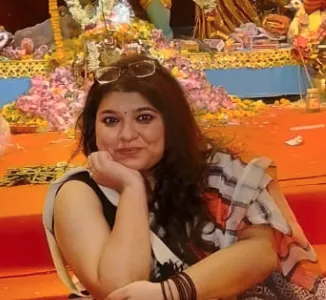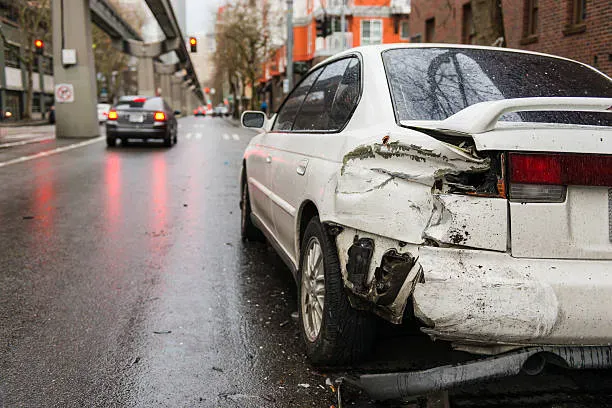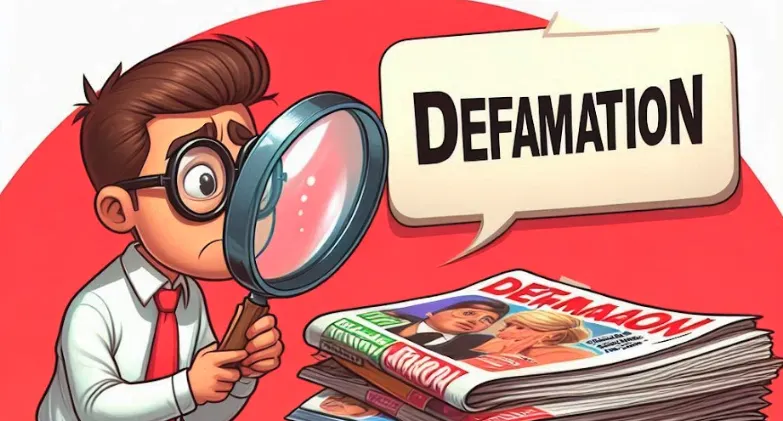What in the world is NOTA and why you should vote for it?
The 2024 Lok Sabha elections has been a major event with several twists and interesting results. One of those interesting events during the Lok Sabha elections was the result in Madhya Pradesh. Surprisingly, NOTA option received 2.18 lakh votes making it the highest ever NOTA votes received in any constituency before.
To understand what the NOTA votes can mean for the government of our democracy, let us examine the basics of NOTA.
Introduction
The Indian voting system has changed a lot over the years, and one big update is the "None of the Above" (NOTA) option. This lets voters show they are unhappy with all the candidates. NOTA helps make sure everyone's voice is heard, even if they don't like any of the choices.
Adding NOTA helps make democracy better by making sure all voters' voices are heard. Over the years, the use of NOTA has changed, but it still serves as a reminder to politicians that they need to listen to and be responsible for the voters.
What is the NOTA (None of the Above) Option?
The NOTA option was introduced in India following a landmark judgement by the Supreme Court on September 27, 2013. The court ruled that voters should have the right to reject all candidates contesting in an election. This compels the Election Commission of India (ECI) to include the NOTA button on electronic voting machines (EVMs).
NOTA allows voters to reject all candidates, pushing the political parties to choose better and capable candidates.
NOTA is symbolised as a ballot box with a cross mark. Voting NOTA means one chooses to reject all the candidates.While a vote for NOTA does not impact the outcome of the election directly—since the candidate with the highest votes still wins regardless of the NOTA count—it serves as a critical feedback mechanism for political parties and candidates about voter dissatisfaction.
To address the obvious question,
advertisement
What happens if NOTA gains the most number of votes?
If NOTA (None of the Above) receives the most votes in an election, the outcome is still unclear in India. Here is a summary of the situation, based on the provided reference:
Supreme Court's Query to the Election Commission
The Supreme Court of India recently asked the Election Commission of India (ECI) what the procedure would be if NOTA secures the maximum votes in any election. This question reveals a major flaw in the voting system: there are no clear instructions on what to do if most voters reject all the candidates.
Current Scenario and Legal Framework
Even if NOTA gets the most votes, it doesn’t change who wins the election. The candidate with the most votes, not counting NOTA, is still declared the winner. This makes NOTA mainly a symbolic choice without much effect on the election results. The Supreme Court is looking into this to find ways to give NOTA a more meaningful role.
Former CEC S.Y. Quraishi's Perspective
Former Chief Election Commissioner S.Y. Quraishi believes that NOTA (None of the Above) can be a powerful tool for improving elections if some changes are made. He points out the current problems and suggests ways to make NOTA better at showing what voters really think.
Meaningful Impact:
- Current Symbolic Nature: Quraishi emphasises that NOTA should be a real electoral tool and be included in the voting process instead of just being a symbol.
- Proposed Change: If NOTA receives the highest votes, a re-election should be mandated with all new candidates.
- Opinion: This reform would make NOTA a powerful tool, compelling political parties to nominate better candidates and improving the overall quality of elected representatives.
advertisement
Disqualification of Rejected Candidates:
- Proposal: Candidates who lose to NOTA should be disqualified from contesting in the re-election.
- Opinion: This would prevent rejected candidates from being re-nominated, ensuring fresh choices for voters and reducing the likelihood of repetitive rejection.
Enhanced Powers for the Election Commission:
- Proposal: Give the Election Commission more power to enforce NOTA rules and hold re-elections.
- Opinion: Empowering the Election Commission will help properly enforce NOTA rules and keep elections fair.
Public Awareness and Voter Engagement:
- Need for Awareness: Former Chief Election Commissioner S.Y. Quraishi says it's important to teach voters about NOTA and how it works.
- Proposal: He suggests holding big awareness campaigns and public discussions to inform voters.
- Opinion: Quraishi thinks that if more people know about NOTA, they will use it better to show they are unhappy with the candidates.
Judicial and Legislative Support:
- Proposal: The judiciary and legislature should team up to create a solid system for using NOTA.
- Opinion: Having clear laws and procedures will make NOTA a useful choice for voters and strengthen democracy.
advertisement
Public and Political Reactions
The introduction of significant measures for NOTA would likely generate mixed reactions:
- Voters: Many voters would welcome such reforms as they would have a meaningful way to reject unsuitable candidates. This leads to greater voter satisfaction and participation.
- Political Parties: Political parties may oppose these changes if they are only concerned about winning elections. They would need to adopt clearer and fairer candidate selection methods to avoid repeated failures.
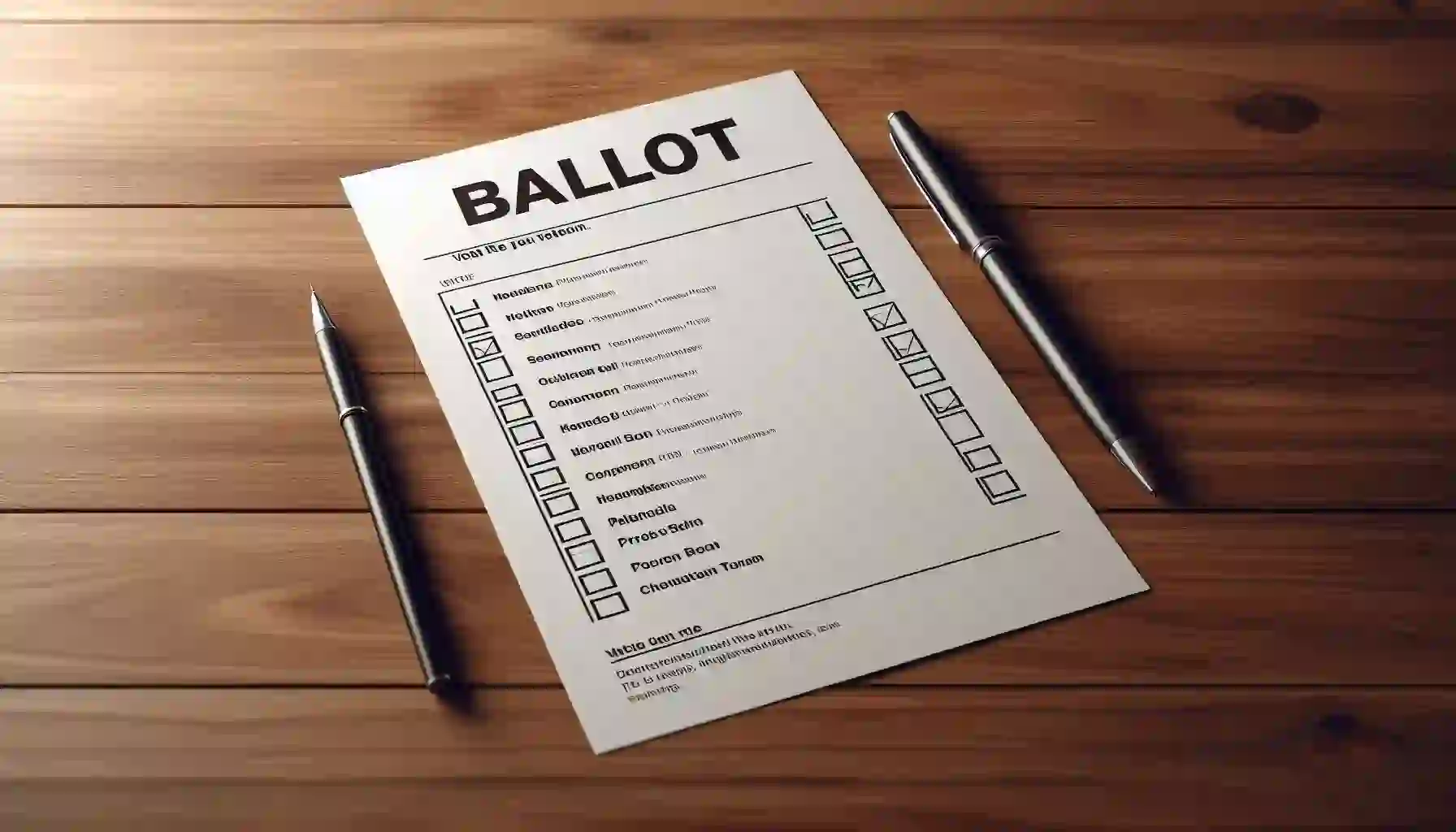
Efforts to Increase Voter Awareness and Education
Increasing voter awareness and education about NOTA is crucial for its effective implementation. Several initiatives have been undertaken to educate voters about their right to use the NOTA option:
To effectively use the NOTA (None of the Above) option, it’s important to increase voter awareness and education. Several initiatives have been undertaken to achieve this:
1. Public Campaigns: The ECI (Election Commission of India) runs awareness campaigns through TV, radio, newspapers, and social media to explain the importance and use of NOTA.
- TV and Radio: Ads and interviews with experts highlight NOTA's significance.
- Print Media: Newspapers and magazines provide information on how NOTA works.
- Social Media: Platforms like Facebook and Twitter share infographics, videos, and live sessions.
- Impact: Increased awareness and discussions on social media about NOTA.
advertisement
2. Workshops and Seminars: These provide detailed info about the electoral process and NOTA.
- Content: Covers the electoral process, NOTA's purpose, and its use.
- Experts: Electoral officers and legal experts answer questions.
- Frequency: Scheduled before elections for maximum reach.
- Impact: Clears doubts about NOTA and improves understanding of the electoral process.
3. School and College Programs: Educational institutions run programs and competitions to engage youth in the electoral process.
- Curriculum: Includes modules on voting rights and the electoral process.
- Extracurriculars: Debates, essay competitions, mock elections, and quizzes.
- Impact: Prepares youth to be informed voters and fosters civic responsibility.
4. Voter Awareness Forums: NGOs and civil society groups partner with the ECI (Election Commission fo India) to discuss electoral reforms and educate voters.
- Forums: Regular discussions on electoral reforms and NOTA.
- Community Engagement: Uses local languages and culturally relevant methods.
- Interactive Sessions: Open discussions where voters can ask questions and get answers.
- Impact: Encourages ongoing dialogue and empowers voters to use NOTA confidently.
advertisement
Technological Advancements in the Voting Process
Technological advancements have played a crucial role in streamlining the voting process in India. Several innovations have been introduced to ensure transparency, efficiency, and inclusivity in elections:
1. Electronic Voting Machines (EVMs): EVMs have developed the voting process by making it more efficient and tamper-proof. The inclusion of the NOTA button on EVMs ensures that voters have an easy way to exercise their right to reject all candidates.
2. Voter-verified Paper Audit Trail (VVPAT): VVPAT machines work with EVMs to add transparency. They print a paper receipt of your vote, which you can check to make sure it’s correct. This builds trust in the voting process.
3. Mobile Applications: The ECI has developed mobile applications like the Voter Helpline App, which provides information about polling stations, candidate details, and other election-related information. These apps also make it quicker to register to vote and fix any mistakes in your voter details.
4. Online Voter Registration: Online registration has made it easier for people to sign up to vote, especially young people and those who move often.
5. Geographical Information System (GIS): GIS technology is used to map polling stations and manage electoral logistics more efficiently. This ensures that polling stations are easily accessible to all voters, including those in remote areas.
advertisement
Future Prospects and Proposed Reforms
The future of the NOTA option and voting in India looks bright with many new reforms and improvements being planned.
-
Legal power to NOTA: There are ongoing debates about giving legal weight to NOTA votes. Some propose that if NOTA receives the majority of votes, a re-election should be held with new candidates. This would push the political parties to chose candidates who are acceptable to the majority of voters.
-
Enhanced Voter Education: Continuous efforts are needed to enhance voter education and awareness about the importance of voting and the role of NOTA. More interactive and engaging methods, such as online modules and gamified learning, can be introduced to reach a wider audience.
-
Disqualification of Rejected Candidates: Candidates who lose to NOTA should be disqualified from contesting in the re-election. This prevents the same set of candidates from being re-nominated, thereby ensuring a fresh slate of candidates.
-
Blockchain Technology: The use of blockchain technology in the voting is being looked into to make elections more secure and transparent. Blockchain can create a tamper-proof record of votes, making sure the election process is free from fraud.
-
Penalties for Violations: Implement strict penal provisions for any violations of NOTA-related regulations. This includes penalties for political parties or candidates trying to sabotage the NOTA option.
-
Remote Voting: Remote voting options, such as postal ballots and online voting, are being considered to increase voter participation, especially for those who are unable to reach polling stations due to geographical or physical restrictions.
-
Real-time Monitoring: Advanced real-time monitoring systems can be executed to track election processes, detect any peculiarities, and ensure that elections are conducted smoothly and fairly.
advertisement
Recent Developments
India's voting system went through major changes in 2024 to make it more open, fair, and efficient. Here’s a detailed look at these changes and what they mean.:
1. Remote Voting Introduction
- Postal Ballots: If you can't vote online, you can use a postal ballot. These are sent and received securely, with deadlines to ensure they are counted on time.
Impact:
-
Members of the armed forces, paramilitary forces, and government employees assigned to election duties away from their home constituencies are eligible to cast their vote through postal ballots.
-
Security: Postal ballots are counted separately from those cast at polling stations. On the designated counting day, postal authorities collect and transport these ballots to the counting centre. The Returning Officer (RO) and election officials then examine the postal ballots to ensure their validity and integrity, adding the valid ones to the respective candidates' vote totals.
2. Voter ID and Authentication Changes
Details:
- Biometric Voter IDs: Uses fingerprints and facial recognition to make sure each voter is who they say they are.
- Updated Voter Lists: Regularly checks and updates voter lists to remove duplicates and keep them accurate.
Impact:
- Less Fraud: Reduces the chances of someone pretending to be another voter.
- Faster Verification: Makes it quicker to verify voters at polling stations.
advertisement
3. Enhancing Voter Accessibility
Details:
-
Accessible Polling Stations: Makes polling stations easier for people with disabilities to access, with features like ramps and special voting booths.
-
Assistance Services: Offers help desks and personal aides at polling stations.
Impact:
Recently, the Election Commission of India (ECI) began looking into using facial recognition technology to stop people from pretending to be someone else while voting. This new idea, which is still being tested, shows a big step towards using the latest technology in elections.
- More Participation: Ensures all eligible voters can vote without obstacles.
- Inclusive Process: Encourages equal participation in the voting process.
Conclusion
The addition of the NOTA (None Of The Above) option in Indian elections is an important step to give more power to voters and improve democracy. By working on increasing voter knowledge and using new technology, the voting process has become clearer and more open.
India is also planning to make more changes to improve elections, such as giving more importance to NOTA votes, using blockchain technology, and allowing people to vote remotely. These changes are important to make sure that elections are fair, strong, and truly show what people want.
advertisement
Frequently Asked Questions (FAQs)
- 1. What is NOTA?
NOTA stands for "None of the Above." It is an option on Indian electronic voting machines (EVMs) that allows voters to reject all candidates contesting in an election.
- How is NOTA represented on the ballot?
NOTA is symbolised as a ballot box with a cross mark on the electronic voting machines.
- Does a vote for NOTA affect the election outcome?
Currently, a vote for NOTA does not impact the election outcome directly. The candidate with the highest number of votes, excluding NOTA, is declared the winner.
- What are some proposed reforms to make NOTA more effective?
- Mandating re-elections with new candidates if NOTA receives the highest votes.
- Disqualifying candidates who lose to NOTA from contesting in the re-election.
- Giving the Election Commission more power to enforce NOTA rules and hold re-elections.
- Conducting extensive public awareness campaigns about NOTA and its potential impact.
advertisement
- How is voter awareness about NOTA being increased?
Efforts include public campaigns via TV, radio, newspapers, and social media, workshops and seminars, educational programs in schools and colleges, and voter awareness forums conducted by NGOs and civil society groups.
REFERENCES
- NOTA Option in Indian Elections
- Election Commission of India. (2024). "Voter Awareness and Education Programs."
- PUCL vs. Union of India judgement of 2013: Supreme Court of India. (2013)
- ECI to pilot facial recognition tech in upcoming polls
- EVM-VVPAT
- Voter Verified Paper Audit Trail (VVPAT)
- ICT Applications
- Voters Portal
- GIS for elections
- NOTA-A Toothless Tiger in Electoral Reform
- If NOTA tops should all candidates be rejected?: Supreme Court
- How Blockchain can facilitate free and fair elections in India
- Order regarding NOTA : State Election Commission, NCT of Delhi
- Election Surveillance / Cloud based Live Monitoring
- Electoral Reforms in India
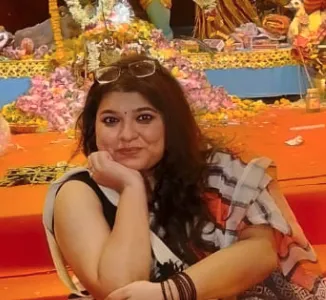
Written by Seersha Chaudhuri
Driven legal professional with a BA LLB and a knack for writing and media reporting. Previously, I’ve crafted legal documents and managed court proceedings at Terkiana PC, focusing on immigration law. I’m also brushing up on my Spanish with Duolingo—learning a new language has never been this fun! Eager to blend my expertise in legal research with my passion for global policy and creative writing. Apart from being a professional, I am a full time lover of fish, dystopian fiction and Brooklyn 99.
advertisement
Further Reading
advertisement
